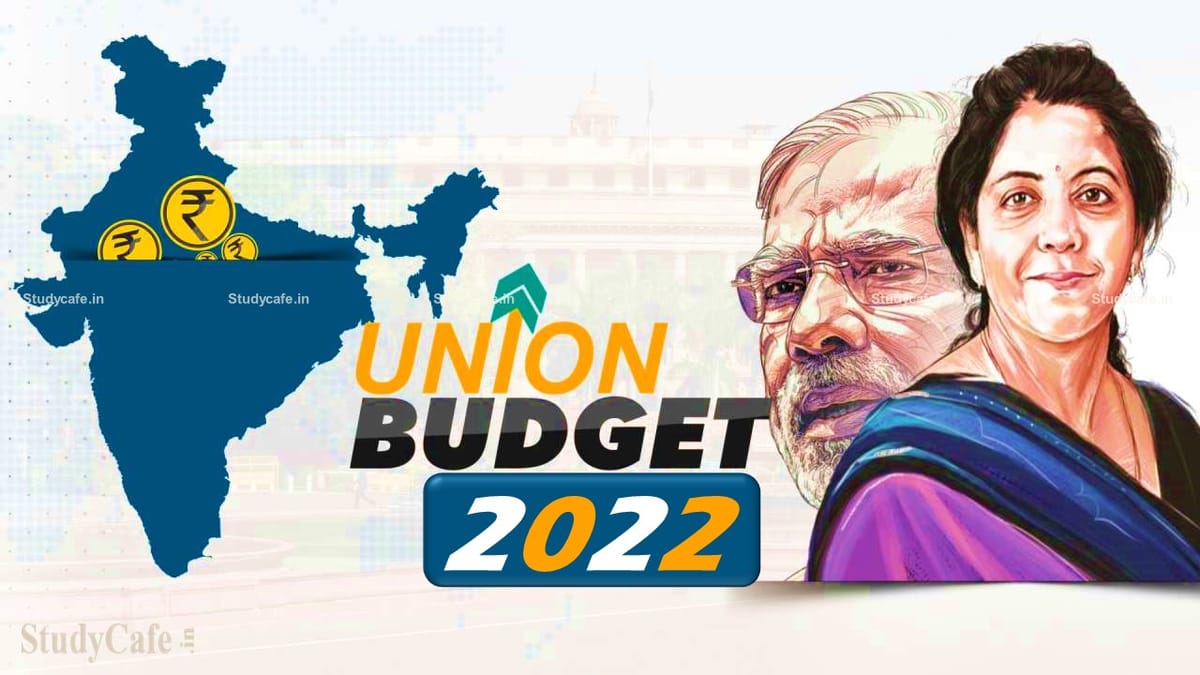CA Balwant Jain | Jan 24, 2022 |

Expectations of Common Tax Payers for Rationalisation of Some Tax Provisions in the Budget
As an individual taxpayer I have listed out my expectation on rationalisation of some income tax provisions from our Finance Minister.
Presently a taxpayer can claim deduction in aggregate upto Rs.2 lakhs from his income for interest paid by him to for a maximum of two self-occupied houses. Any interest in excess of two lakh rupees is not eligible for any tax benefit. However, if the property is let out he can claim full interest against the rental income from all his properties without any monetary restrictions subject to the restriction that the losses under house property head upto 2 lakh rupees can only be set off against his other income. Any unabsorbed loss is allowed to be carried forward for set off against house property in eight subsequent years. In my opinion the law should be other way round. The person who uses the house of self-occupation should be allowed to claim full interest but should discourage the tax arbitrage on interest paid on money borrowed for let out property and should be restricted to a fix amount.
If full interest on self-occupied property cannot be allowed, then the limit for interest allowance on each self-occupied property should be raised to minimum five lakhs looking at the amount of interest one has to pay on home loan to buy a property especially in big cities.
With inclusion of many items eligible for deduction under Section 80C is crowded and in majority of cases the limit of 1.50 lakhs is insufficient and many eligible items get overflowed. Since the prices of house property have gone up significantly in the recent past, government should carve out deduction for home loan repayment from Section 80 C and introduce a separate deduction to provide relief to the home buyers as well as real estate sector.
Since there are not many takers of the new tax regime, the government should rationalise the present tax slabs for the old tax regime. Presently income between 2.50 lakhs to 5 lakhs gets taxed @ 5% but the slab rate rises steeply to 20% for income between 5 lakhs to 10 lakhs under the old regime. I request the finance minister to reduce this present tax slab of 20% to 10% to make it progressive and smooth. Moreover, the finance minister should shift the tax slab of 20% to the tax payers with income between 10 lakhs to 25 lakhs. Income between 25 lakhs and 1 Crores may be taxed at 25%. Those with income over 1 crore may be charged tax at 30% as they have the ability to pay higher tax. I also suggest the FM to remove the surcharge levied on high tax payer individuals.
As per the Laffer’s Curve higher slab rates result in lower aggregate tax collection. The lower rates suggested above will help the government generate more revenue in the long run due to better compliance because people are willing to pay tax as long as it does not adversely affect their standard of living. This is evident from the increase in tax collection after tax rates were reduced from a whooping 93.5% in the 1970s to 30% in 1997.
Presently a resident individual tax payer is entitled to claim a rebate of upto Rs.12,500/- against his tax liability under section 87A as long as his total income does not exceed five lakh rupees in the year. However once the income crosses the magic threshold limit of 5 lakhs, the tax liability suddenly increases by 12,500/- even if the incremental income over Rs.5 lakhs is only a few hundreds.
All the tax payers with income over 50 lakhs are subjected to a surcharge but are entitled to have the benefit of marginal relief as provided in the respective Finance Act though the same is not part of the Income Tax Act. As per the marginal relief provisions the incremental tax liability shall not exceed the incremental income over Rs.50 lakhs, the threshold limit of surcharge, due to levy of surcharge.
The Section 87A does not have any provision of marginal relief in case the income exceeds Rs.5 lakhs by just few hundred rupees. This provision of marginal relief if introduced will check the tendency of taxpayers, especially self-employed, to manipulate their income level in case it just happens to be marginally higher than the threshold limit of 5 lakhs to avoid payment of taxes higher than the incremental income,.
Hope the finance minister is listening.
Balwant Jain is a tax and investment expert and can be reached on jainbalwant@gmail.com and @jainbalwant on twitter.
In case of any Doubt regarding Membership you can mail us at contact@studycafe.in
Join Studycafe's WhatsApp Group or Telegram Channel for Latest Updates on Government Job, Sarkari Naukri, Private Jobs, Income Tax, GST, Companies Act, Judgements and CA, CS, ICWA, and MUCH MORE!"